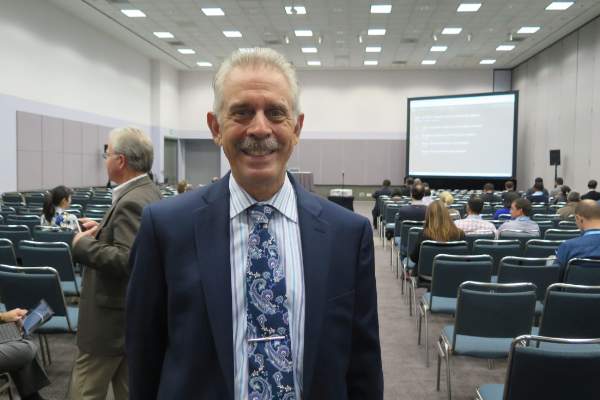AT CHEST 2016
LOS ANGELES (FRONTLINE MEDICAL NEWS) – Acutely hospitalized patients who have been on mechanical ventilation for more than 24 hours, are at high risk for extubation failure, and have passed a spontaneous breathing trial should be extubated to noninvasive ventilation.
The recommendation comes from new clinical practice guidelines from the American College of Chest Physicians and the American Thoracic Society. Moderate-quality evidence suggests that early extubation and a switch to noninvasive ventilation reduces ventilator-related and ICU-related complications, including infections and injury to the lungs and other organs. Extubation also cuts costs by reducing ICU stays.
Conditional recommendations are to use inspiratory pressure augmentation during the initial spontaneous breathing trial and to employ protocols to minimize sedation in patients ventilated for more than 24 hours.
At the annual meeting of the American College of Chest Physicians, one of the six project cochairs, Daniel R. Ouellette, MD, said that the guidelines were intended to address “new territory” from the evidence-based guidelines for weaning and discontinuing ventilator support that were published in 2001 . That effort, chaired by Neil R. MacIntyre, MD, “was a landmark article that helped us learn about the steps that we needed to take to liberate patients from mechanical ventilation,” said Dr. Ouellette of the Henry Ford Hospital Department of Pulmonary and Critical Care Medicine, Detroit. “We hope that this guideline lives up to the importance of that one. We wanted to look over new information and give new recommendations about things that haven’t been addressed in the past.”
Six recommendations from the guideline panel include:
We suggest that the initial spontaneous breathing trial be conducted with inspiratory pressure augmentation rather than T-piece or continuous positive airway pressure. The committee wrote that conducting the initial spontaneous breathing trial with pressure augmentation was more likely to be successful, produced a higher rate of extubation success, and was associated with a trend towards lower intensive care unit mortality.
We suggest protocols attempting to minimize sedation. The committee found that sedation protocols reduced ICU length of stay. However, the protocols did not appear to decrease time on the ventilator or reduce short-term mortality. The authors could not recommend one protocol over another but said the burden of providing sedation by any of the protocols was “very low.”
We suggest protocolized rehabilitation directed toward early mobilization. The committee wrote that patients receiving the intervention spent less time on the ventilator and were more likely to be able to walk when they left the hospital. However, their mortality rate appeared unchanged. The authors noted the exercises created additional work for ICU staff that might have come at the expense of other care priorities.
We suggest managing patients with a ventilator liberation protocol. The committee said that patients managed by protocol spent on average 25 fewer hours on mechanical ventilation and were discharged from the ICU a day early. However, their mortality rate appeared unchanged.
We suggest performing a cuff leak test in patients who meet extubation criteria and are deemed at high risk for postextubation stridor. The committee suggested that the test should be used only in patients with a high risk of stridor (abnormal breathing caused by blockage of windpipe) after extubation. Although patients passing the test had lower stridor and reintubation rates, the authors wrote that a high percentage of patients who failed the test could be successfully extubated.
For patients who failed the cuff leak test but are otherwise ready for extubation, we suggest administering systemic steroids at least 4 hours before extubation. The committee said that clinical judgment should take priority over test results, and systemic steroids should be administered to these patients at least 4 hours before extubation. The authors added that the short duration of the steroid therapy was likely to improve success rates without resulting in adverse events.
In a prepared statement , Timothy Girard, MD, of the department of medicine at the University of Pittsburgh and a lead author of the guidelines said the committee hoped the guidelines would help reduce variations in practice that do not benefit patients. “We are not prescribing a specific approach to care for every patient every time,” he said. “But we are trying to summarize the available evidence in as clear and succinct a way as possible so that clinicians know how it applies to most patients.”
Dr. Ouellette disclosed that he has received a research grant from Cardeas Pharma for health care–associated pneumonia.





